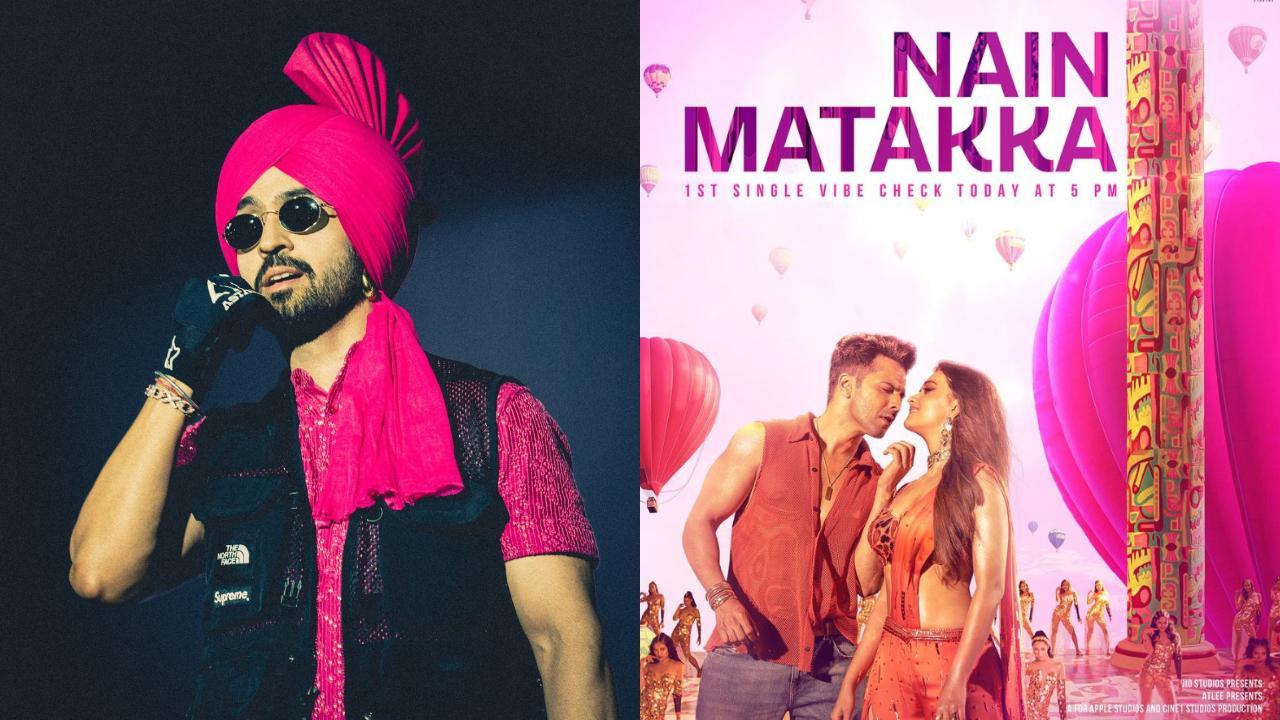
Sweat-soaked floors, bodies suspended in unison, skin close enough to make movements reverberate throughout the room—this is the sensual, euphoric experience of Boiler Room . The hidden, limited-capacity club night is a successor of 1980s rave culture , which was born to celebrate freedom of expression through electronic, dance and warehouse music. Here, the sound sets the mood as much as the free-range fashion does.
Tinted visors, old-school hand fans, leather pants, baby tees and shoes (never heels) are synonymous with the scene. Having first manifested in London , Boiler Room was named after the genre-defining cultural movement’s literal first venue, a derelict store room that was dubbed a ‘studio’, a space where rules of celebrity were turned on their head. Unlike traditional concerts where you’re forced to gaze at the artist of your dreams atop a stage, the set places the DJ smack dab in the centre of the crowd while a webcam streams it live to a global audience.
The intention? To showcase talent on the fringes of club culture to international listeners with their ears to the underground scene. Over the years, these hush-hush sets have exploded on the world stage . From Fred Again in London and Charli XCX in the Balearic Islands to Watashi in Mumbai, Boiler Room straddles the tightrope between democratic and aspirational by teasing a vibe—an era, really—that has also given rise to techno-coded style.
Consider Charli XCX’ s iconic Brooklyn set in February this year. Her butt-grazing Cult Classics tee, sheer white tights and wraparound shades made as much noise as the then-released single ‘Von Dutch’. The ensemble influenced an entire summer of trends despite being meant to seem non-effort.
Consider tightly-strapped skimpy bodysuits or a T-shirt paired with cheeky briefs as hallmarks of the DJs’ chosen wardrobes. This isn’t a performance to solidify their celebrity, but a party where the ravers must feel at par with the artist. Perhaps that’s why New York City-based DJ Armana Khan employs gritty, flesh-baring outfits to make her audience feel included, empowered and free.
For the Pakistani American artist’s first-ever set this year in Brooklyn, she paired a bright yellow embroidered lehenga blouse, traditional gold jewellery and red bindi with an itty-bitty pink thong . “When people see me showing that much skin, especially with elements that are typical of my heritage, they are shocked.” As a trans woman , this defiance of convention embodies Khan’s style as much as her music.
“They may think what I’m doing is technically wrong but obviously so right because look how happy I am—that comfort without fearing judgement is what I want to showcase.” She hopes that this stance inspires her audience to reciprocate by bringing that same authenticity to their stylistic expression. Boiler Rooms stand out among other club nights for their ability to wear rave culture’s popular slogan “PLUR” (peace, love, unity and respect) with pride.
Just like Khan, Zainab Hasnain DiStasio (or ZeeMuffin as feral clubbers would say) also styles herself to project a unique identity that is contagious to her following. For her Boiler Room set in Montreal a few months ago, the NYC-based artist, whose family hails from Lahore , wore an earthy Raga Malak corset with vintage deconstructed trousers. The true highlight though was the silver paranda that dovetailed her trailing black braid, bouncing with ferocity at every beat.
Traditionally worn by Sikh brides on their wedding day, this choice of accessory is a visual cue to the musical flavour that she brings to the deck. “I wanted to represent my Punjabi-Kashmiri background—and I kid you not, since then I’ve been tagged on social media by multiple girls wearing parandas to raves,” recalls DiStasio. Boiler Room style eschews extravagant stage costumes in favour of fashion that can easily be store-bought and replicated.
Silhouettes that don’t require Beyoncé-esque heavy-duty investment form the basis of the artists’ style. Oslo-based DJ Suchi Ahuja has jumped through techno capitals like London, Amsterdam , New York and Ibiza , playing at several and dancing in all. At her own set, the DJ has worn bright orange corsets and heeled boots from Miista on one day and supersized Supreme tees featuring Devanagari on another.
“You can dress modestly or walk naked wearing only nipple pasties and a thong.” At times, DJs at Boiler Room sets consciously pick irreverent, statement-making outfits to evoke a sense of play and remove inhibition. Beyond embracing trends, the freedom of finding your comfort zone emerges as the governing influence for the Boiler Room style.
Not to say that there is anything sturdy or staid about the elastic fabrics that ravers prefer to wear. The clothing is chosen for style as much as its ability to offer unrestricted movement, supporting the experience of escaping reality for a bit. Comfy shoes and micro-mini skirts with dividers go a long way at these high-energy gigs that may go on for eight hours or more.
Second-generation Sri Lankan American artist Priyanka Vigneswaran backs this. While the well-travelled DJ is yet to play a Boiler Room set, she sums up an ideal fit: “I gravitate towards Indi- an-inspired clothing, like a corset I own from Svarini. The brand takes intrinsically South Asian fabrics and gives them a Bridgerton spin .
It’s also very queer-friendly and open-minded, both values that I want to carry when I play a set.” Creating an identity for themselves is an important parameter for the artists, just as it is for Charli XCX whose unique branding strategy launched the globally beloved Brat Summer trend that had retailers updating their stock rooms. For this coterie of South Asian DJs, it comes from their ability to tap into their roots, which helps them cut through the noise.
“After all, that embodiment of confidence, freedom and acceptance is what the Boiler Room aesthetic is about,” explains Vigneswaran. Also read: Sports, fashion and femininity join forces for a culture-defining ménage à trois Inside India’s preloved fashion marketplaces, where women trading luxury bags turn into fashion’s new stock scavengers Level up your festive season style with gota, gold and brocade pieces.














